Most of us eat lunch almost as an afterthought. It’s something we grab on the go, not something we plan with care. And too rarely do we see the midday meal for what it really is — an opportunity to nourish our bodies and refresh our focus. Instead, we relegate it to the must-do pile, perceiving it as a necessary hitch in our schedule, a narrow window of opportunity to sate our distracting hunger.
As a result, we tend to settle for lowest-common-denominator lunch options (think greasy pizza slices, fast-food burgers, oversized pasta dishes and pedestrian salads), rather than thinking about what our bodies really require to make the most of the rest of the day.
Certainly, burgers, pizzas and other classic quickies have the merits of being cheap and easy to find almost anywhere, anytime. But, if you’re committed to upgrading your lunch — even if you’re wiling to start with just one day a week — you can make or find alternatives that won’t bust your budget, that energize your body for hours, and that satisfy
your palate, too.
To show you how, we asked three of our favorite nutritionists — Kathie Swift, MS, RD; Ellie Krieger, RD; and Maggie Ward, MS, RD, LDN — to do meal makeovers on three traditional lunches. The real goal, though, is to give you a better sense of what a good lunch is all about, and why you should care.
With some sweet-talking and special-order requests, you can get meals like these made for you at local eateries. Or better yet, you can bring them from home — something all these experts suggest you do as often as you can.
“In general,” says Ward, “try to feed yourself the whole-foods way, with as many home-prepared, minimally processed, seasonal and local foods as possible.”
1. From Burger To Wrap
For her lunch upgrade, Kathie Swift, MS, RD, reimagined the classic cheeseburger combo, which she calls “an inflammatory meal” because of its imbalanced fats, deep-fried starch, and heavy reliance on meat, dairy and refined flours combined with a notable absence of phytonutrient-rich vegetables and fiber. In its place, Swift, who’s the nutrition director for Food As Medicine at the Center for Mind-Body Medicine in Washington, D.C., created a whole-grain flax wrap that’s filled with hummus, avocado, spinach and roasted red peppers. It’s accompanied by a fresh pear and unsweetened jasmine green ice tea.
Before: Burger, Fries and Soda
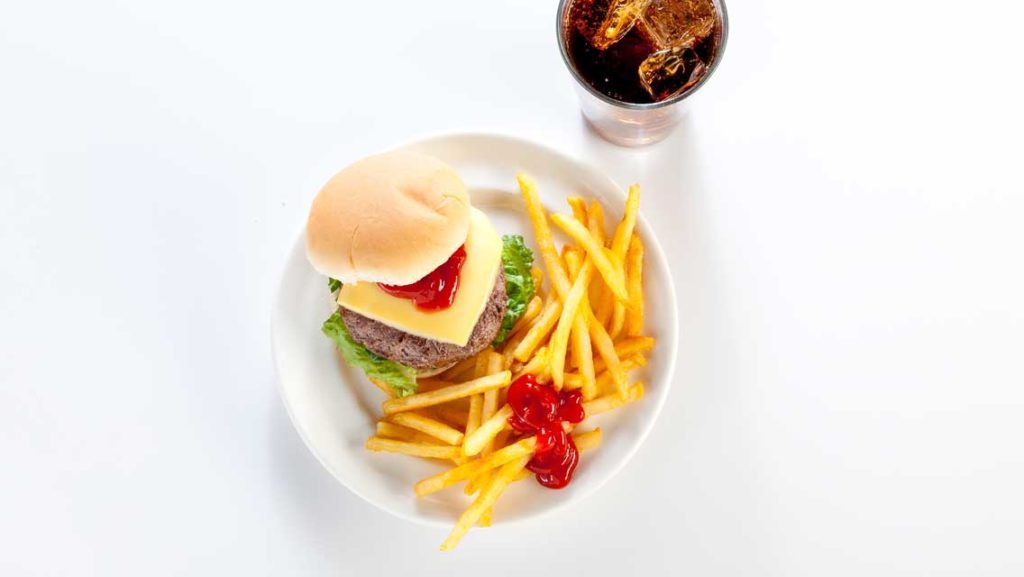
Burger: From the “low-fiber, high-gluten white bun,” most likely made with sugar and hydrogenated oil, to the American cheese (“a super-processed food”), there’s not much Swift can find to like about this burger meal. The industrially raised beef provides protein, but may also contain antibiotic residues, heavy metals and other toxins — and it could harbor nasty bacteria.
Fries: White potatoes are starchy, high-glycemic fare, and when deep-fried in low-grade, trans-fat-laden vegetable oils, they can develop toxic properties. Most commercial ketchups contain high-fructose corn syrup (HFCS).
Soda: Aside from their heavy dose of HFCS (or artificial sweeteners), “one of the biggest problems with soft drinks is their addictive nature,” says Swift. “I call these types of beverages ‘Cokeaine.’ Breaking the habit can be challenging, but it can be done, sip by sip.”
After: A Healthy Wrap

Wrap: Packed with protein, fiber and healthy fats, Swift’s whole-grain flax wrap is made with colorful veggies and creamy hummus. For easy preparation, use store-bought hummus (just be sure it’s made with extra-virgin olive oil); jarred roasted red peppers; prewashed, bagged spinach; and avocado. Feel free to sub in other greens, such as arugula and watercress, or for heartier palates, swiss chard or even kale.
Side Salad: With summer in full swing, there’s a wide variety of seasonal fruits to choose from. Pears are naturally very sweet, which can be a good thing if you are choosing them in place of a sugary dessert or coffee drink.
Green tea: Antioxidant-rich green tea is a lunchtime no-brainer, says Swift. It also makes a nice afternoon pick-me-up. If you crave a little sweetness in your ice tea, try a touch of raw honey or real maple syrup (but don’t go overboard — these are sugars, too!).
2. A Salad Reborn
For her lunch upgrade, Ellie Krieger, RD, chose to do a major makeover on a plain-Jane salad — in this case, a Caesar. “Caesar salads are not inherently bad,” says the New York Times best-selling author. And neither are the other salads offered by an increasing number of fast-food joints. “More often than not, though, they are nutritional disasters containing more cheese than greens and drowning in unhealthy dressings.” Here, Krieger offers her Tricolor Salad With White Beans and Parmesan. But she encourages you to customize. “Feel free to get creative and include your favorite vegetables and legumes.”
Before: Caesar Salad, Bread Stick and Sweetened Iced Tea
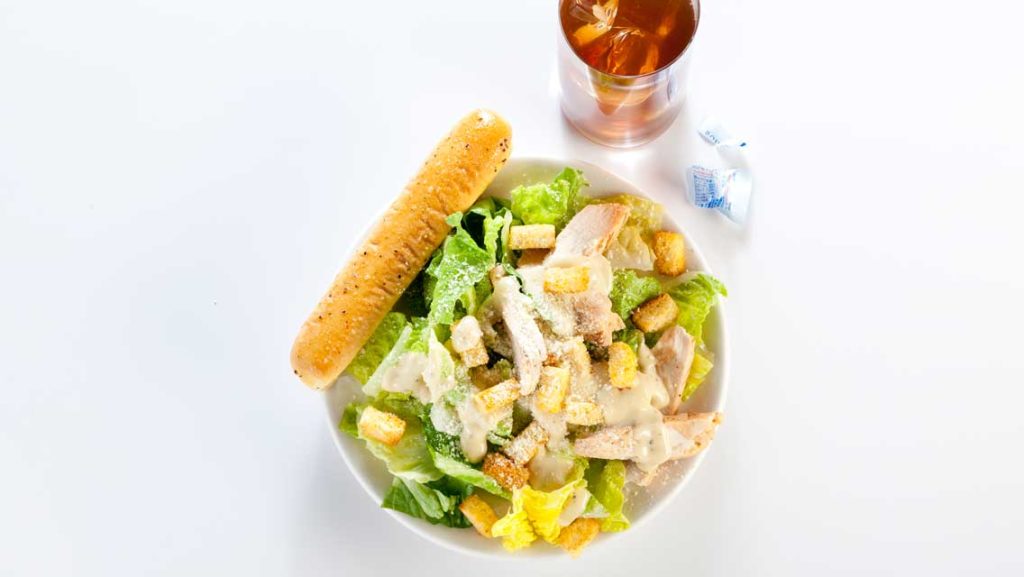
The Salad: Although a Caesar-salad dressing can be loaded with healthy fats like extra-virgin olive oil, egg yolks and anchovies, says Krieger, most salads are made with bottled dressings that contain low-quality vegetable oils, as well as preservatives and artificial flavors. (Try our homemade Classic Creamy Caesar Dressing for a healthier dressing option.)
Croutons and Bread Stick: Croutons and bread sticks can add an appealing crunchy, chewy component to salads, but “white-bread options like these are not the best way to get there,” says Krieger. They may contain trans fats — plus, refined grains don’t satisfy hunger long and can lead to afternoon sugar cravings.
Commercial Iced Tea: Many commercial iced teas are flavored with HFCS or artificial sweeteners. “The fact is, we don’t really know the long-term effects of large quantities of artificial ingredients,” says Krieger. “I follow Michael Pollan’s adage: ‘Don’t eat anything your great-great-grandmother wouldn’t recognize as food.’”
After: Tricolor Salad
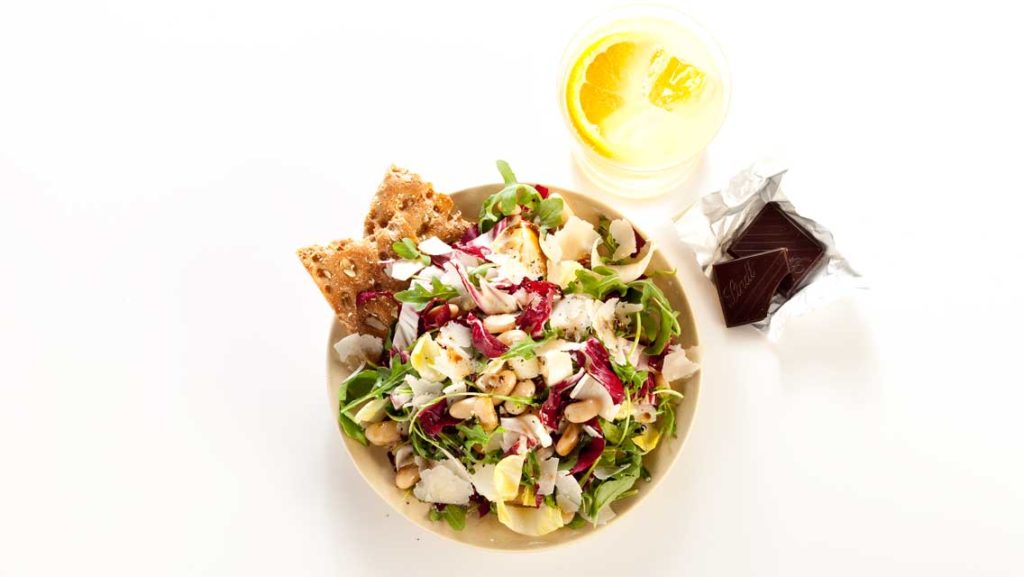
The Salad: Krieger’s Tricolor Salad isn’t just beautiful to look at, it’s loaded with protein, fiber and healthy fats. A trio of lettuces — arugula, radicchio and Belgian endive — is tossed together with white beans and shaved Parmesan cheese. The simple vinaigrette is balsamic vinegar and extra-virgin olive oil. “I’m always stunned looking at the nutrient value of beans,” says Krieger, “because you get such a big nutritional punch out of such a little package.” Feel free to use bagged mixed greens — and to sub chicken, salmon or tempeh for the beans.
Flat Bread: Seeded, whole-grain flat bread adds crunch and textural variety. For a gluten-free option, try Mary’s Gone Crackers.
Sparkling Water: Try spiking sparkling water with a few splashes of pure orange juice, says Krieger, for a refreshing, healthy alternative to soda.
If you can’t resist having something sweet after lunch — and fruit just won’t do — Krieger recommends a small portion of rich, dark chocolate. “The darker the chocolate, the higher the level of antioxidants — and the more bitter it tastes,” she says. “I like 60 to 70 percent dark chocolate because it is a really nice balance between treat and health food.”
3. Grown-Up Kid’s Lunch
For her lunch upgrade, Maggie Ward, MS, RD, LDN, and mom to a 4-year-old, did a retooling of classic macaroni and cheese. “Kids can eat ‘grown-up food’ and should,” says Ward, who is nutrition director at the UltraWellness Center in Lenox, Mass. “Unfortunately, as a result of kid-focused food advertising, children are the heaviest consumers of packaged, refined, less nutrient-dense food.” Her mac and cheese is updated with brown rice noodles, chicken and veggies — so it’s a meal adults can love too.
Before: Mac-and-Cheese
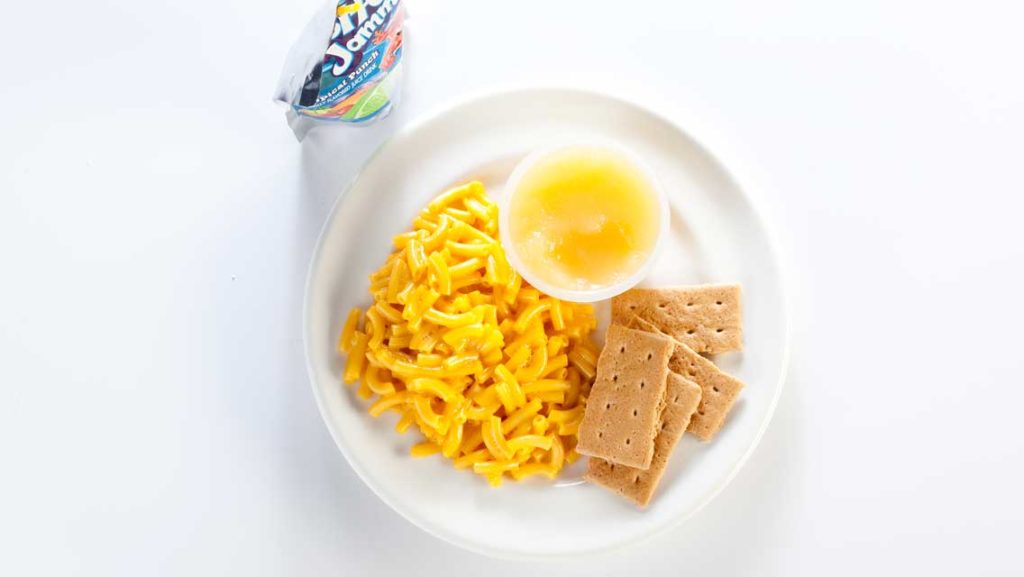
Mac-and-Cheese: This popular brand of brightly colored mac and cheese looks fun to eat, but it’s full of artificial colors and flavors. Most commercial brands are also made with refined, bleached wheat that is low in vitamins, minerals and fiber, and may cause digestive, behavior and skin problems in a growing number of gluten-intolerant individuals.
Liquid Calories: “Kids are consuming too many liquid calories, and it’s fueling the obesity epidemic,” says Ward. This fruit punch is a nasty example — chock-full of artificial colors, flavors, and 24 grams of sugar, the equivalent of 6 teaspoons.
Applesauce: The applesauce in this meal is the only real fruit or veggie in sight, but it, too, is high in sugar. Residual pesticides may also be a concern. If you serve applesauce, make sure it’s “100 percent pure, no-sugar-added, and organic,” says Ward.
In a meal already heavy on sugars and refined grains (which quickly turn to sugar in the body), cookies or graham crackers are the last things this lunch needs, says Ward. “They are high in refined flour, HFCS and trans fats, all of which increase inflammation in the body,” she notes.
After: Healthy Mac-and-Cheese
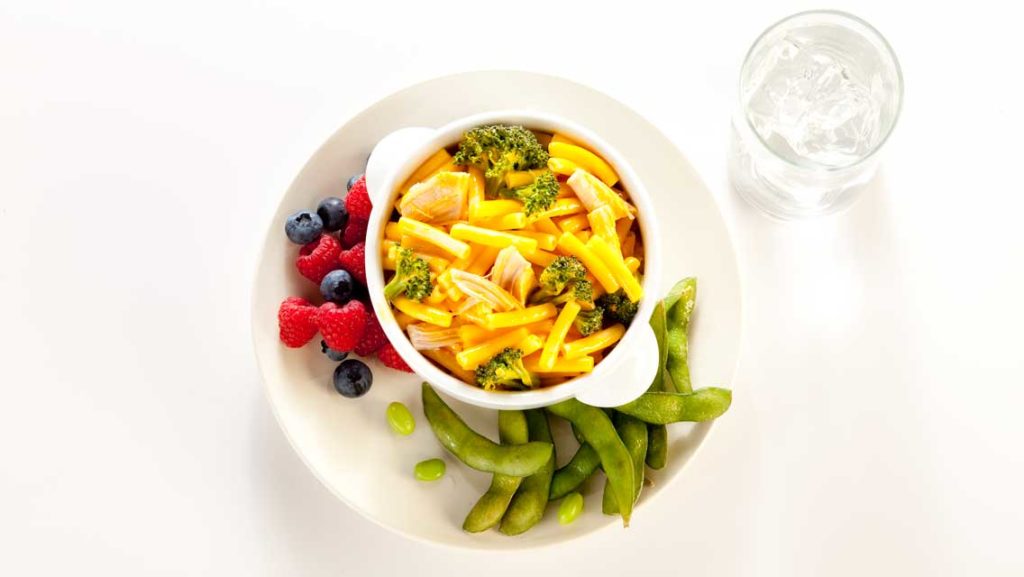
Healthy Mac-and-Cheese: Brown-rice noodles form the foundation of Ward’s healthy mac-and-cheese makeover. “Brown rice is a lower-allergen option for a lot of us who overconsume wheat,” she says. For protein, which helps balance blood sugar, she adds organic rotisserie chicken. Broccoli cut into bite-size florets (so kids will be more inclined to eat them) completes the show. (If you’re too harried to make a homemade cheese sauce, try Annie’s-brand Gluten-Free Deluxe Rice Pasta and Cheddar.)
Filtered Water: Ditch the sugary juice and stick with filtered water, says Ward. To slowly wean kids off of juice, start by cutting their juice with water. And, if you’re packing your child’s lunch, Ward advises, avoid plastic (for both health and environmental reasons) and stick with a BPA-free stainless-steel thermos instead.
Healthy Side Options: Rightsizing the mac-and-cheese portion leaves more room on the plate for nutritious legumes and fruit, such as edamame and mixed berries. Soy is a good source of protein, says Ward, but it’s best to eat soy in fermented or minimally processed forms (like edamame, which, as a finger food, also has great kid appeal). Berries are a tasty lower-sugar alternative to fruits like red grapes and bananas, and are very high in phytonutrients and fiber — which most kids could use a lot more of.
This article has been updated. It originally appeared as “Upgrade Your Lunch” in the November July/August 2011 issue of Experience Life.
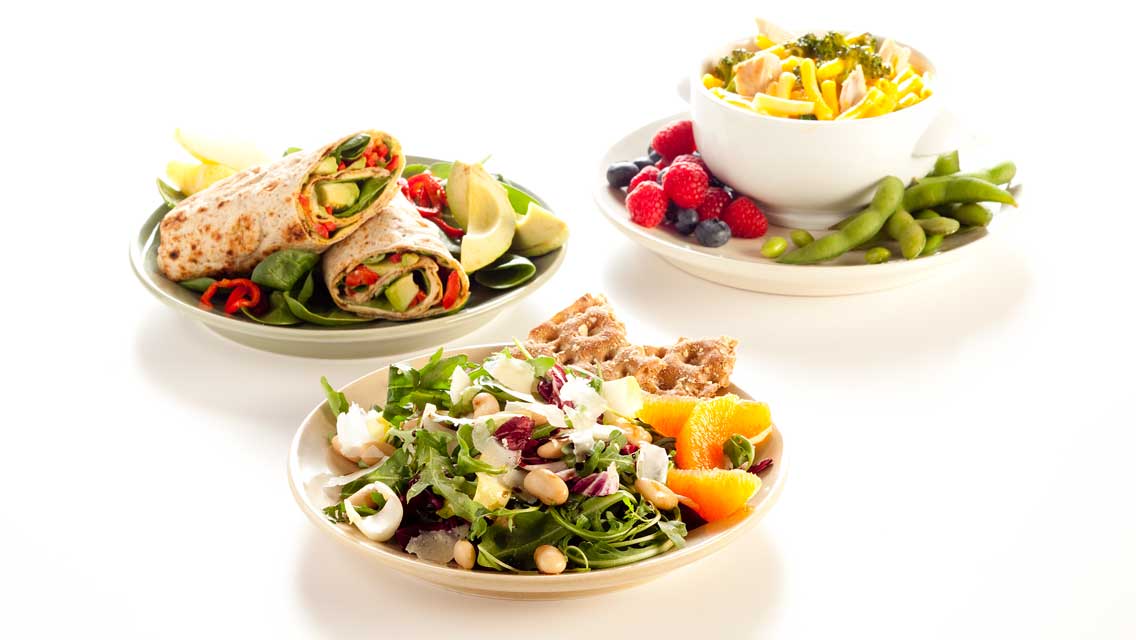
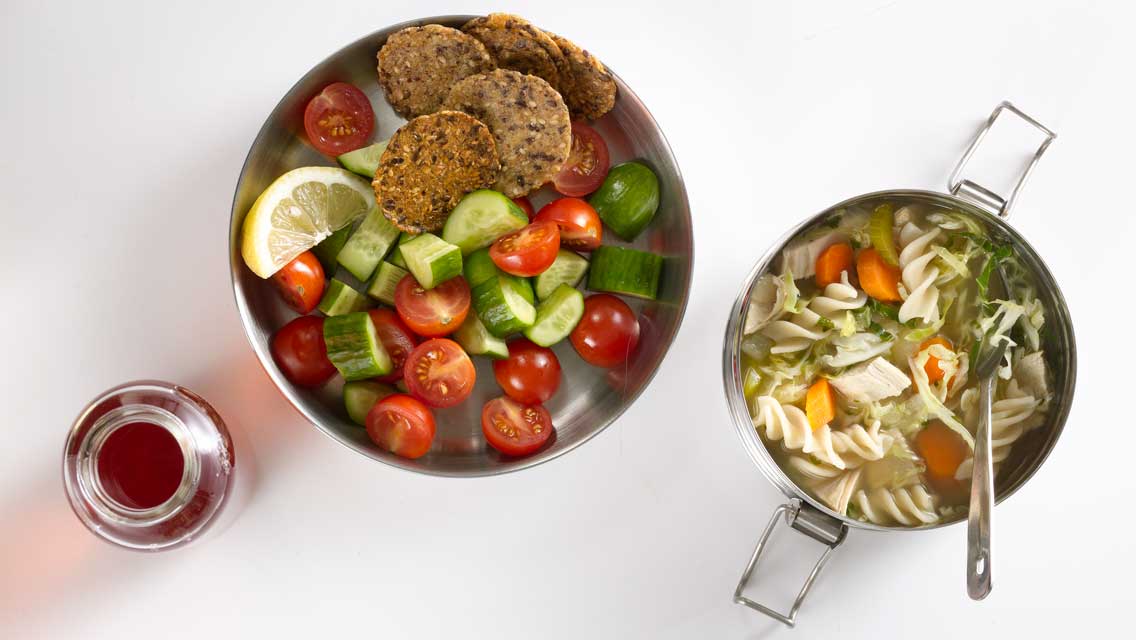
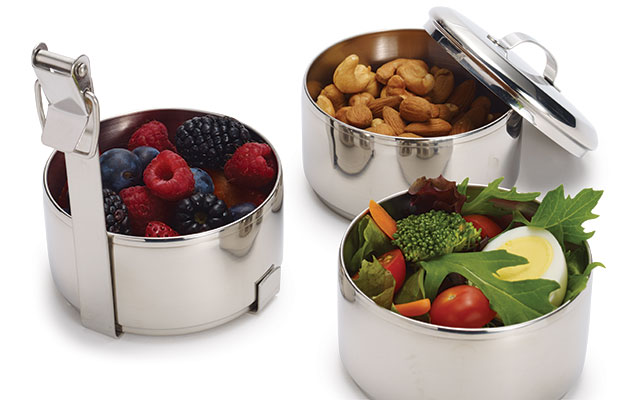
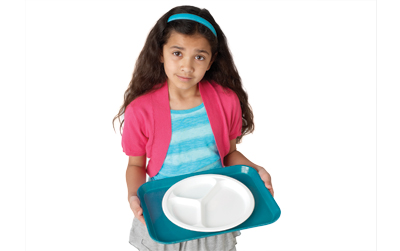
This Post Has 0 Comments